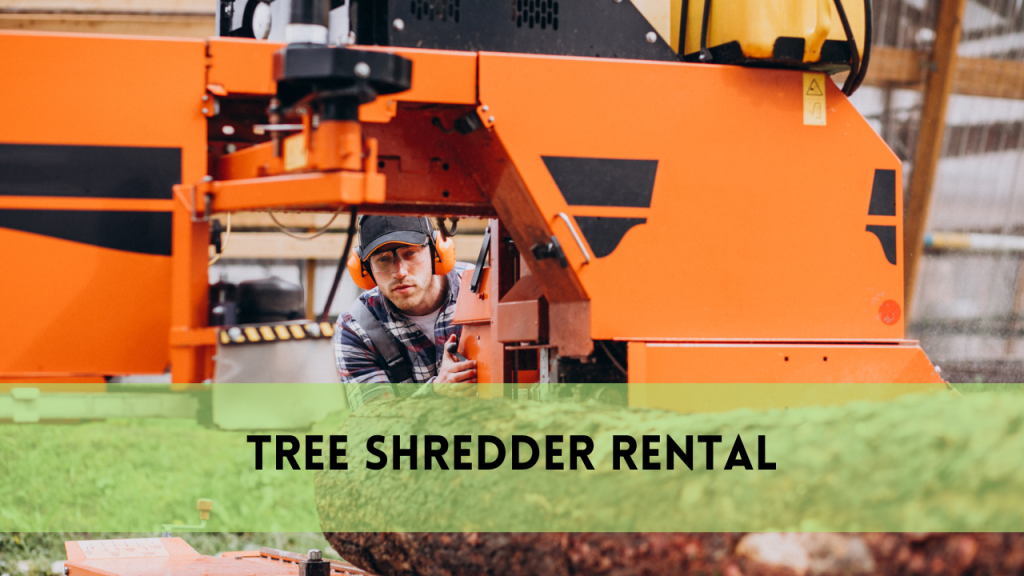If you’ve ever experienced the disheartening sight of palm leaves turning yellow in your garden or indoor space, you’re not alone. This phenomenon is a common issue for plant enthusiasts and gardeners, and it often leaves them wondering what’s gone wrong. In this article, we’ll dive deep into the world of palm leaves and explore the reasons behind their yellowing, how to diagnose the problem, and most importantly, how to nurse your beloved palms back to health.
Understanding Palm Leaves Turning Yellow
Palm trees are renowned for their lush green fronds, which add a tropical and exotic feel to any landscape. The vibrant green color of palm leaves is a symbol of vitality and health. However, when these leaves start to turn yellow, it’s a clear sign that something is amiss. Let’s uncover the possible culprits behind this color transformation.
Palm Leaves Turning Yellow Because of Overwatering
Overwatering is one of the most common reasons for palm leaves turning yellow. While it may seem counterintuitive, too much water can actually suffocate the plant’s roots, leading to poor oxygen intake and nutrient absorption. This results in a lack of chlorophyll production, which is responsible for the green pigment in the leaves.
Palm Leaves Turning Yellow Underwatering
On the flip side, underwatering can also lead to yellowing leaves. Palms require consistent moisture, and when they’re deprived of it, they’ll respond by shedding their leaves’ green color, making them yellow. This is a survival mechanism as the plant conserves its resources during drought conditions.
Poor Drainage: Root Rot Threat
Inadequate drainage can be a silent killer for your palm tree. When excess water accumulates around the roots due to poor drainage, it can lead to root rot. Root rot affects the plant’s ability to take up water and nutrients, causing the leaves to turn yellow.
Nutrient Deficiency: Hunger Pangs
Just like humans, palm trees require a balanced diet of essential nutrients. If your palm isn’t getting the right nutrients, it can suffer from a deficiency, which manifests as yellowing leaves. Pay attention to the levels of essential minerals like potassium, magnesium, and iron.
Pest Infestations: Uninvited Guests
Palm trees can become the target of various pests like mealybugs, spider mites, and aphids. These tiny invaders can weaken the palm’s defense mechanisms, causing the leaves to lose their vibrant green color. Regularly inspect your palms for signs of infestations.
Disease: Fungal and Bacterial Troubles
Fungal and bacterial diseases can also compromise the health of palm trees. These pathogens can attack the plant’s tissues, impairing its ability to photosynthesize and resulting in yellowing leaves. Keeping a watchful eye for any unusual spots or lesions is crucial.
Environmental Stress: Harsh Conditions
Extreme environmental conditions, such as too much sun or not enough shade, can cause palm leaves to turn yellow. Palms are adapted to specific environments, and sudden changes can be stressful for them.
Pot-Bound Palms: Lack of Space
Palm roots require space to spread and grow. When a palm outgrows its container, it can become pot-bound, leading to nutrient and water deficiencies. This often results in yellowing leaves.
Age: Natural Senescence
Lastly, it’s important to note that the natural aging process of palm leaves can lead to yellowing. Older fronds will naturally turn yellow and should be pruned to allow new growth to flourish.
Diagnosing the Problem: Observing Your Palms
To effectively address the issue of palm leaves turning yellow, you must first diagnose the problem. Here’s how you can do it:
- Leaf Inspection: Examine the leaves closely. Look for any signs of discoloration, spots, or damage.
- Soil Moisture: Check the soil’s moisture level. Use your finger to gauge whether it’s too wet or too dry.
- Drainage Assessment: Ensure that the pot or planting area has proper drainage.
- Nutrient Analysis: Consider having your soil tested to identify any nutrient deficiencies.
- Pest Inspection: Look for signs of pests on the leaves and trunk of the palm.
- Environmental Factors: Evaluate the palm’s location and the surrounding conditions.
- Pot Size: Assess whether the palm has outgrown its container.

Taking Action: Nursing Your Palms Back to Health
Now that you’ve identified the cause of your palm leaves turning yellow, it’s time to take action. Here are some steps to help your palms regain their vibrant green hue:
Adjust Your Watering Routine
If overwatering or underwatering is the issue, adjust your watering schedule accordingly. Palms generally prefer soil that’s consistently moist but not waterlogged. Consider using a moisture meter to ensure you’re watering at the right time.
Improve Drainage
For palms suffering from poor drainage, repotting or planting in well-draining soil is essential. Adequate drainage will prevent root rot and waterlogged conditions.
Nutrient Management
If nutrient deficiency is the culprit, consider fertilizing your palm with a balanced, slow-release fertilizer. Ensure that you provide the necessary macro and micronutrients to support healthy growth.
Pest Control
For pest infestations, take appropriate action using organic or chemical solutions. Regularly inspect your palms to catch infestations early.
Disease Management
If your palm is suffering from a fungal or bacterial disease, consult with a professional to determine the appropriate treatment. Isolate the affected palm to prevent the disease from spreading.
Environmental Considerations
Ensure that your palm is placed in an environment that suits its species and provides the right amount of sunlight and shade. Consider moving it to a more suitable location if necessary.
Repot or Transplant
If your palm is pot-bound, consider repotting it into a larger container or transplanting it into the ground. This will allow the roots to spread and access the necessary nutrients.
Pruning
As a part of regular palm maintenance, remove yellowed and damaged fronds. This not only improves the appearance of the plant but also redirects energy to new growth.
Preventing Palm Leaves Turning Yellow: Best Practices
Prevention is always better than cure. To maintain the vibrancy of your palm’s leaves, consider the following best practices:
- Regular Inspection: Routinely check your palms for any signs of trouble. Catching issues early can prevent widespread damage.
- Proper Watering: Water your palms consistently and according to their specific needs. Use a moisture meter if necessary.
- Well-Draining Soil: Ensure that the planting medium has good drainage to prevent root rot.
- Balanced Nutrition: Fertilize your palm trees with a balanced fertilizer to provide essential nutrients.
- Pest Management: Implement pest control measures as a preventive strategy.
- Pruning: Regularly prune old or yellowed fronds to improve air circulation and energy allocation.
- Right Environment: Place your palm in an environment that mimics its natural habitat, considering factors like light, temperature, and humidity.
- Container Size: If growing palms in containers, choose an appropriately sized pot to allow for healthy root growth.
FAQs
Why are my palm leaves turning yellow?
Palm leaves can turn yellow due to various reasons, including overwatering, underwatering, poor drainage, nutrient deficiencies, pest infestations, diseases, environmental stress, or the natural aging process of the leaves.
How can I diagnose the problem with my yellowing palm leaves?
To diagnose the issue, closely inspect the leaves, check the soil moisture, assess drainage, analyze nutrient levels, look for pests, and consider environmental factors. Identifying the cause is crucial to taking appropriate action.
What can I do to save my palm tree with yellow leaves?
Depending on the cause, you may need to adjust your watering routine, improve drainage, manage nutrients, control pests, treat diseases, ensure an appropriate environment, repot or transplant, and prune damaged fronds.
How can I prevent palm leaves from turning yellow in the future?
To prevent yellowing, regularly inspect your palms, water them appropriately, use well-draining soil, provide balanced nutrition, implement pest management strategies, prune regularly, create the right environment, and choose the right container size if growing in pots.
Can yellow palm leaves be revived, or should they be removed?
Yellowed palm leaves are typically a sign of irreversible damage. It’s best to prune and remove them to redirect energy to healthy growth and improve the overall appearance of the palm.
Conclusion
Palm leaves turning yellow can be a cause for concern, but with the right diagnosis and actions, you can nurse your palms back to health. Remember to adapt your care routine to your specific palm species, as their requirements can vary. With proper attention and a little green thumb magic, you can ensure your palms stay vibrant and healthy, gracing your space with their lush beauty for years to come.




